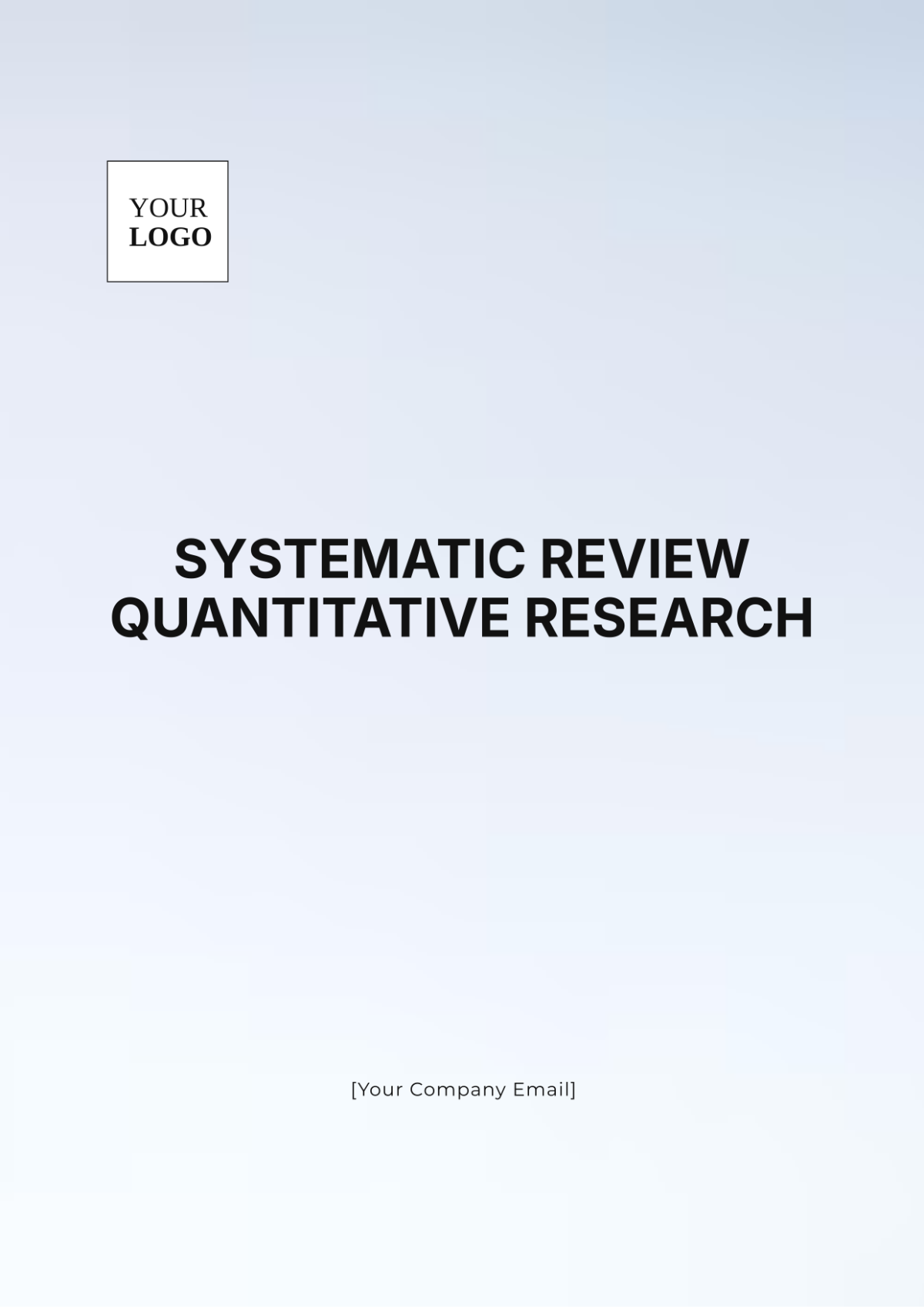Cross-Sectional Data Descriptive Research
Cross-sectional data provides a snapshot of a particular phenomenon at a specific point in time. This form of data is pivotal in various fields such as social sciences, medicine, and economics. By examining cross-sectional data, researchers can uncover patterns and correlations that may offer insights into the studied phenomena.
I. Definition of Cross-Sectional Data
Cross-sectional data involves observations from subjects at a single point in time. These subjects can be individuals, firms, countries, or any other units of analysis. Unlike longitudinal data, which observes the same subjects over multiple time periods, cross-sectional data captures a single moment, making it ideal for identifying relationships and patterns without the complexities of time-dependent variables.
II. Characteristics
Snapshot: Captures data at one specific time.
Variety of Subjects: Includes various entities like individuals, households, companies, etc.
Mutual Independency: Observations are often independent from each other.
Descriptive nature: used to describe and infer attributes of the population.
III. Advantages
Efficiency: easy and quick to collect and analyze.
Cost-effective: Less costly compared to longitudinal studies.
Prevalence Data: Provides information on the prevalence of an outcome.
Multiple Variables: Allows examination of many variables at once.
IV. Disadvantages
Temporal Ambiguity: It is hard to infer cause and effect.
Non-Sequitur: Cannot examine changes over time.
Snap Judgments: Might not account for variations over time.
V. Examples of Cross-Sectional Studies
Cross-sectional studies are widely used in different fields to gather essential insights. Below is a table with some notable examples:
Field | Example Study |
|---|---|
Economics | Income Level and Consumption Pattern |
Medicine | Prevalence of Hypertension in a Population |
Education | Student Performance and Socioeconomic Status |
Sociology | Public Opinion on Immigration Policy |
VI. Methodology
Conducting a cross-sectional study typically involves several steps:
Defining the Objective: Establish the goal of the study.
Choosing the Sample: Select a representative sample of the population.
Data Collection: Gather data using surveys, interviews, or observations.
Data Analysis: Use statistical methods to identify patterns and correlations.
Interpretation: Draw conclusions based on the analyzed data.
VII. Statistical Techniques
Analyzing cross-sectional data often involves using various statistical techniques. Some common methods include:
Descriptive Statistics: Summarize the main features of the data (mean, median, mode, etc.).
Correlation Analysis: Examine the relationships between different variables.
Regression Analysis: Investigate the effect of one or more predictors on an outcome.
Crosstabs: Analyze the relationship between categorical variables.
VIII. Applications and Implications
Cross-sectional studies have been instrumental in shaping policies and practices across various domains. For instance:
Healthcare: Identifying health risk factors and crafting public health interventions.
Economics: Informing fiscal policies based on income and expenditure patterns.
Education: Improving educational strategies by examining factors affecting student performance.
IX. Conclusion
Cross-sectional data descriptive analysis is a powerful tool for understanding various phenomena at a given point in time. While it offers several advantages in terms of efficiency and breadth of information, it also has limitations that need careful consideration. Researchers must thoughtfully design their studies and use appropriate statistical techniques to draw meaningful inferences from cross-sectional data.
X. References
Last, J. M. (Ed.). (2001). A Dictionary of Epidemiology. 4th ed. Oxford University Press.
Babbie, E. R. (2016). The practice of social research. 14th ed. Cengage Learning.
Gravetter, F. J., & Wallnau, L. B. (2017). Statistics for the Behavioral Sciences. 10th ed. Cengage Learning.
Weiss, N. A. (2012). Introductory Statistics. 9th ed. Pearson Education.

















































